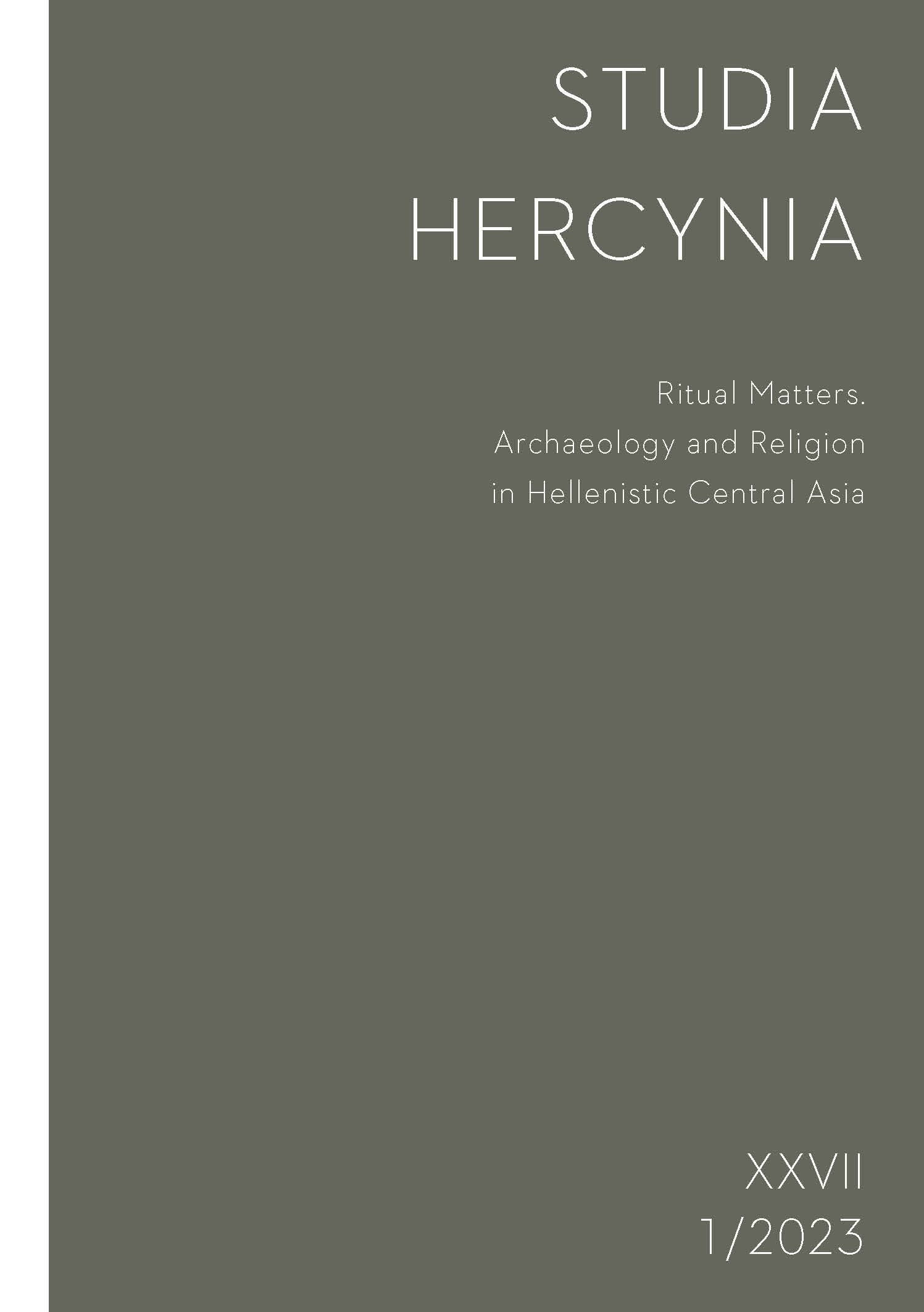The votive plaques in the Oxus and Mir Zakah treasures
The votive plaques in the Oxus and Mir Zakah treasures
what they tell about the cults
Author(s): Frantz GrenetSubject(s): History, Archaeology, Ancient World
Published by: Univerzita Karlova v Praze - Filozofická fakulta, Vydavatelství
Keywords: Achaemenid; Anāhitā; Bactria; forgeries; medicine; Mir Zakah; Takht‑ i Sangin; votive plaques; Zoroastrianism
Summary/Abstract: This paper proposes a comparison between the votive plaques which were part of the Oxus and Mir Zakah treasures, both dating for the main to the Achaemenid period. In a first section the questions of provenance and authenticity are discussed. Arguments adduced against the authenticity of some plaques are dismissed in the light of comparative material, some of which was recently discovered in safe contexts. A second section addresses the religious significance of these offerings. The Oxus treasure collection is consistent with known chracteristics of the god Wakhsh (Oxus), e.g. its association with the horse and its possible assimilation to Tishtrya. The Mir Zakah collection is more associated with farming and it also comprises a significant proportion of medical ex-votos (or propitiatory offerings), completely absent from the Oxus treasure. Such a repertoire could suggest that this part of the Mir Zakah treasure originally belonged to a temple of Anāhitā.
Journal: Studia Hercynia
- Issue Year: 27/2023
- Issue No: 1
- Page Range: 54-64
- Page Count: 11
- Language: English

